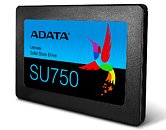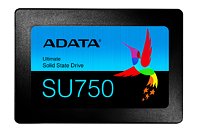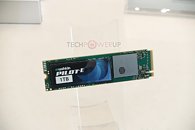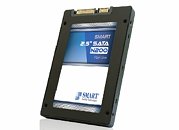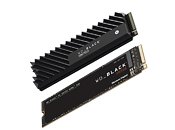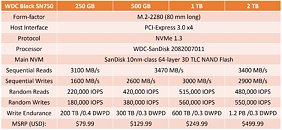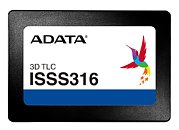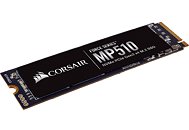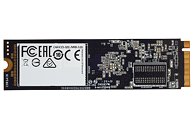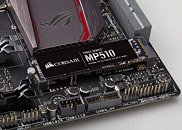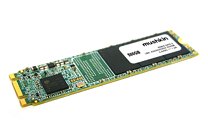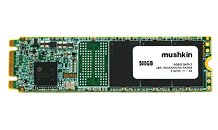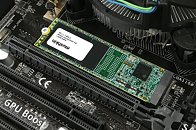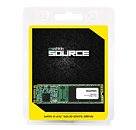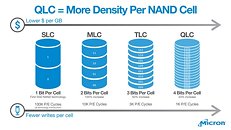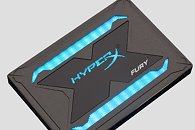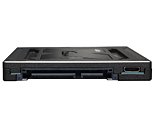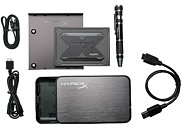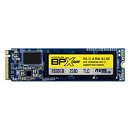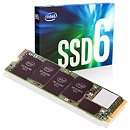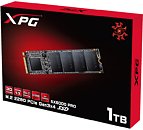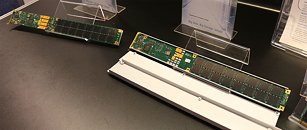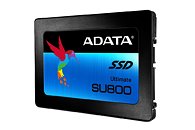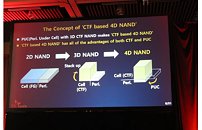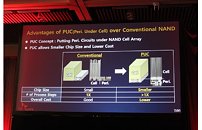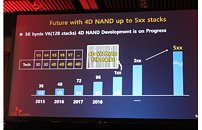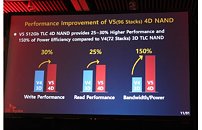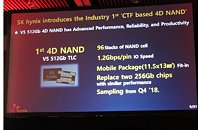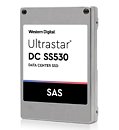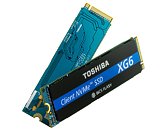In addition to the
Savage EXO, Kingston also announced the HyperX Fury RGB series internal SSDs. These drives are characterized by RGB LED diffusers lining the top panels of the drives. Besides SATA 6 Gbps and SATA Power, each drive features a micro USB port that lets you not only use it as a portable drive, but also lets you plug the drive either into a standardized ARGB header of your lighting controller, or a USB header on your motherboard, for software control. The drive is sold in two packages - the base package includes only the drive and a license to Acronis True Image. The Bundle package, on the other hand, also includes a 2.5-inch to 3.5-inch spacer, a portable SSD enclosure, USB cables, and a multi-function screwdriver.
Moving on to the drive itself, the HyperX Fury RGB combines a Marvell 88SS1074 controller with 3D TLC NAND flash memory. The drive comes in capacities of 240 GB, 480 GB, and 960 GB. Sequential transfer rates for all models is rated at up to 550 MB/s reads, with up to 480 MB/s writes, although you could expect reduced performance in the USB-powered external drive mode. Endurance numbers (total bytes written) are 120 TB, 240 TB, and 480 TB, for the 240 GB, 480 GB, and 960 GB variants, respectively. The company didn't reveal pricing.





